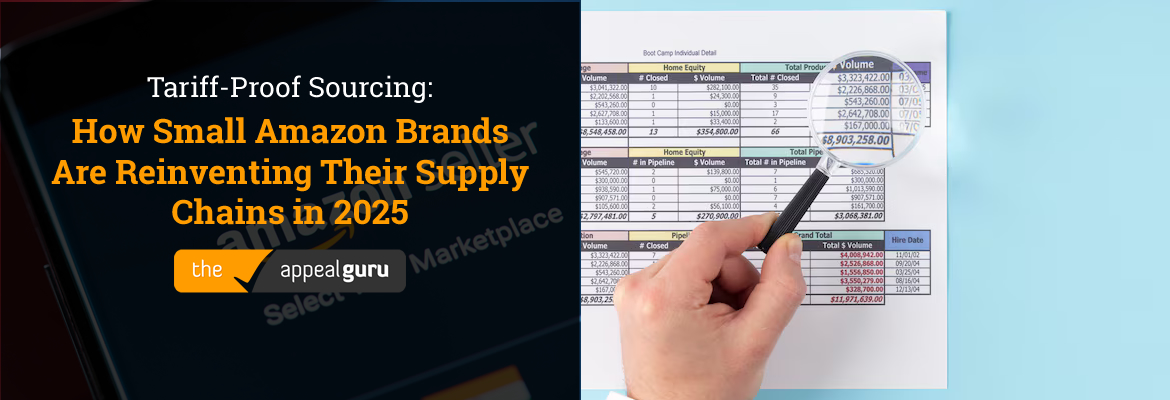There are endless opportunities to make money online for those who seek a rewarding side hustle.
Running an Amazon business is one of the most promising business ideas that people can opt for. As the decision to scale or not remains with the individual, the business can remain as a side hustle or turn into a full-time commitment.
Let’s take a look at how to navigate the route:
How many sellers sell on Amazon full-time?
At present, there are more than 160 million products sold on Amazon by more than 6 million sellers. The number of sellers and customers continues to rise each day.
However, the hours that these businesses are active on the platform are hardly taken into consideration. Most of these businesses operate for less than or equal to 40 hours per week. Such a side hustle is beneficial for individual sellers that treat their Amazon sales as a side hustle. Besides, being a side hustle that promises zero barriers to an income cap makes it all the more rewarding and desirable.
Furthermore, selling on Amazon can also turn into different types of business models such as – dropshipping, and white labelling, to name a few.
Despite the model being dissected into two spaces, sellers may be left with multiple questions. Can selling on Amazon be treated as a side business or a full-time job? Are there experts who can help with Amazon suspension appeals?
The time and money requirements to succeed as an Amazon seller and many other minute details as the seller moves forward in navigating their journey.
The time Amazon sellers spend on their business?
Most Amazon sellers initially opt for selling on Amazon as a side hustle along with their full-time employment. Further, as the business gains traction, or turns out to be more promising than the seller’s full-time employment then sellers usually move towards selling full-time on Amazon.
This proves that starting a successful e-commerce business on the side is possible as well as rewarding along with a full- or part-time job.
How many hours should you spend on Amazon business?
This also sheds light on the fact that it is still possible to sell on Amazon without working full-time hours. The catch lies in automation processes, hiring an expert team, and learning things sooner than later.
But this further gives rise to the question – how much time should you devote to running an Amazon business? The answer lies in factors such as the scale of the business, inventory management, financial goals and other such factors.
There could be endless reasons why people may resort to selling on Amazon. Those factors themselves may require sellers to invest diverse amounts of time and effort. But if sellers wish to scale and grow at a rapid pace, and reap financial benefits, they must ensure putting in the required time, effort, and resources required for the same.
As sellers put in the time and effort, their growth and profit charts show the spike.
However, needless to say, investing additional time, money, effort, and resources may not always lead to a higher profit margin or rapid growth. Considering the goals and the direction is equally crucial. Gauging the direction can help you understand if sellers must opt for advertising verticals such as PPC services, or opt for a different marketing vertical.
This also means that often sellers that devote less time to their business may also see a considerable difference in their business.
Not enough time to spend? Get the right tools
Aspects such as advertising, marketing, customer services, tech support, and inventory management can take up a seller’s majority of the time. However, all these processes can be eased out through automation and hiring a professional team to handle the daily operations.
Sellers who devote almost 10 hours or less to their business may find juggling all the balls trivial.
How can I get started with Amazon as a side hustle?
It is advisable to dedicate a minimum of 10 hours per week to your Amazon business in the initial days. The stipulated amount of time must be dedicated regardless of whether it is a side gig or your primary source of income. However, if sellers are unable to keep up with the everyday struggle they can also opt to hire expert virtual staff to make things easier.
Although the same amount of time must be complemented with consistent learning and updates about the current technology and best practices. Such resources can cut your operational time in half, allowing you to allocate your time for better tasks, and decisions.
Where do you get the right tools and information for Amazon?
There is a multitude of tools, services, and information available to businesses that function at the grass-roots level as well as established ones that help leverage the platform.
These resources can be best leveraged by first assessing the business requirements, scale, inventory and other dynamic factors. Businesses can use free tools as well as paid ones. While free tools offer basic and limited functionality, paid ones offer additional and premium features that befit a growing or an already established organization. Aided with consistent learning and being updated in the domain, resources, and tools for selling on Amazon can drive noteworthy results.
If not tools, sellers may also resort to hiring professionals who can help with certain specialized tasks.





